How to Get Your Kid to Play Independently
Getting your kid to play independently may seem like an impossible task, but it could be because you just don’t have the right setup at home yet! Read ahead to learn how to utilize innovation stations. They encourage independent play AND innovation.
How Innovation Stations at Home Can Make Independent Play a Breeze
Innovation is a skill that doesn’t require a ton of fancy toys or complicated STEM projects. For kids between 2 and 10, Innovation Stations can be a perfect way to entertain, teach critical thinking, and develop their natural creative skills.
Don’t get bogged down thinking you need all the latest technology and STEM subscription boxes and Robot toys. Sure, those things have their place. But trust me, at this age, less is more. Stick to the things you know your kids will play with and limit screen time as much as possible.

Why should kids play independently?
Children playing independently is a great way for you to get more “me-time” and for your child to access the prefrontal cortex which is responsible for innovation and creativity. Not all play should be independent, but a good majority of it can be. This frees up your time without screen time! Win-win! Read further to learn about how to do this.
What are innovation stations?
Innovation stations in this context are literally just designated play areas with easy to access toys that are great for your child’s development.
Before I started using stations, my toys were in a single location and piled up in a tote. If the kids bothered playing with them, they would drag the toys all over the house. The toys were a pain to clean up and the children were always complaining that they were bored.
Enter innovation stations.
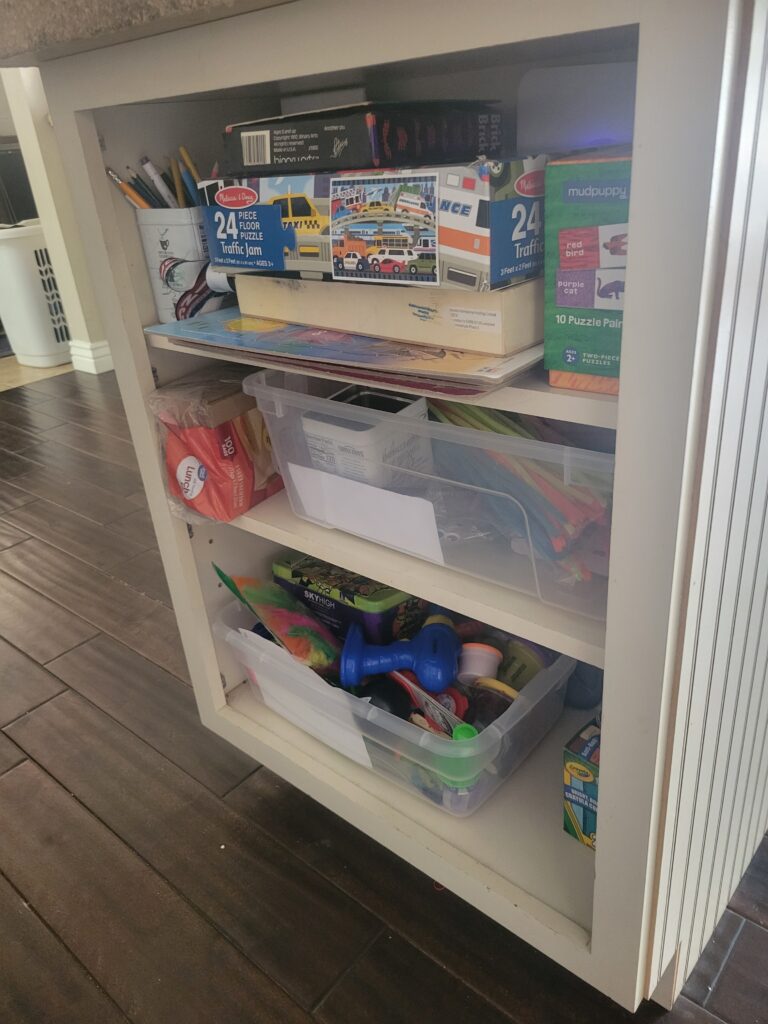
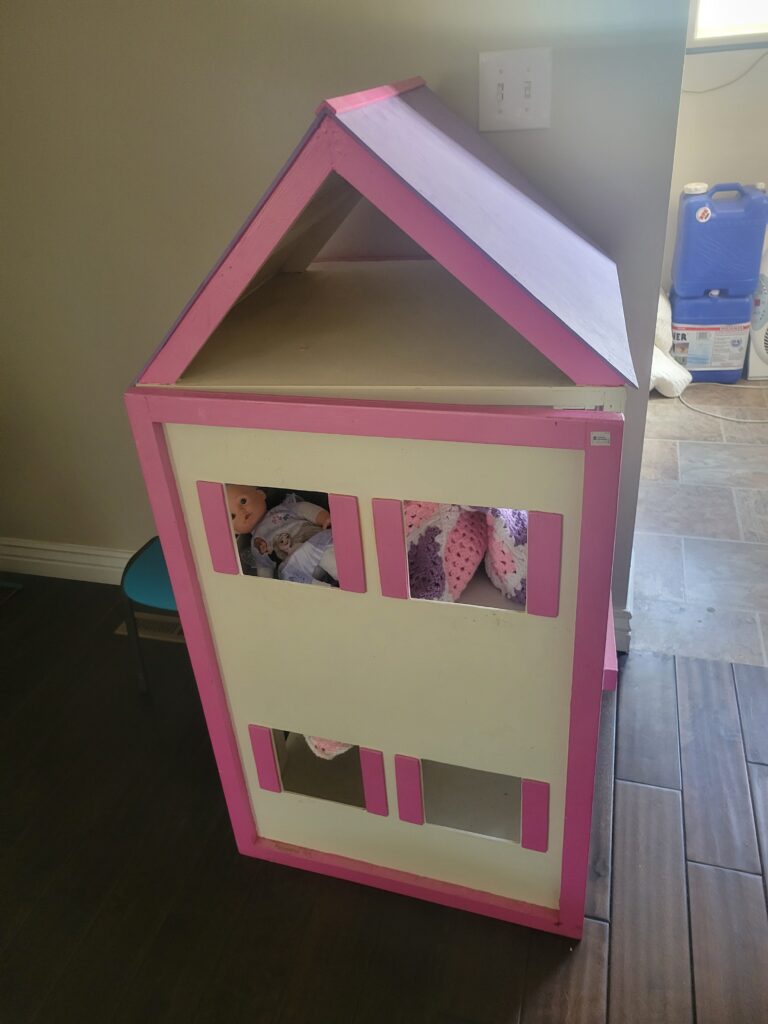
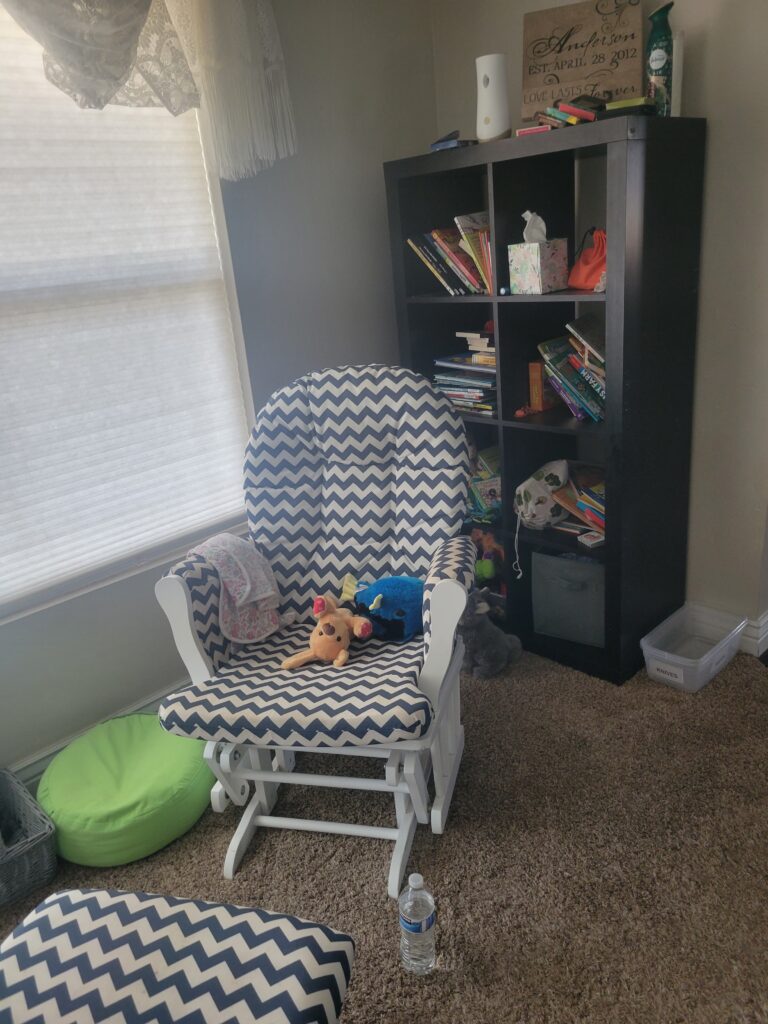
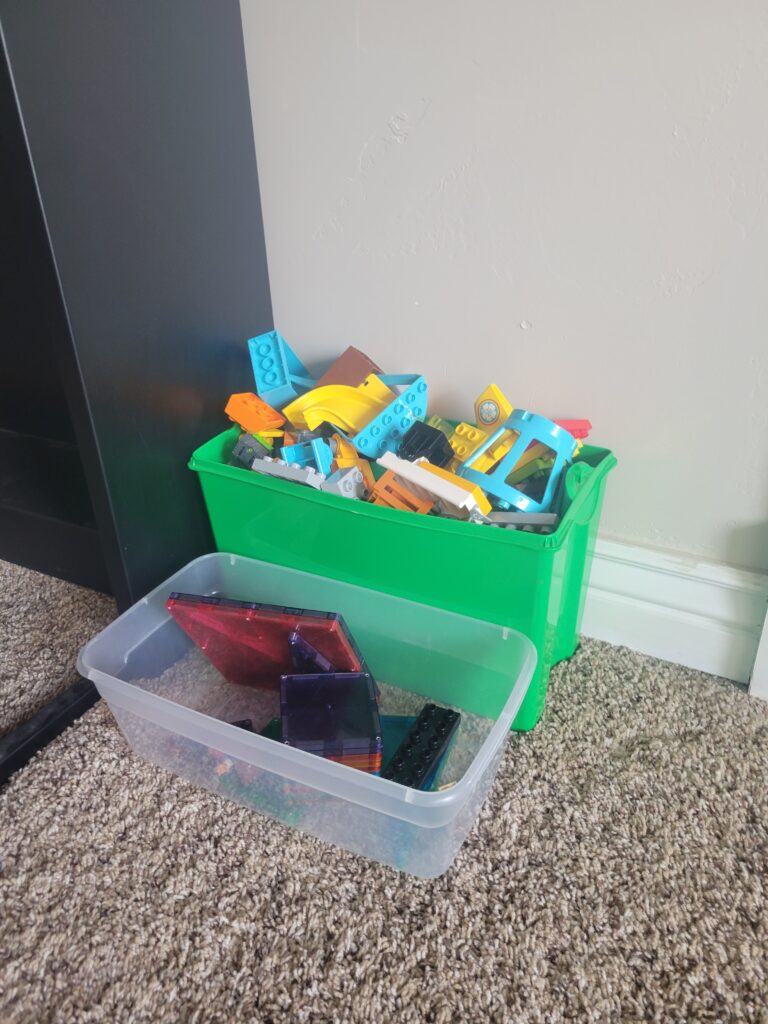
Easily implement innovation stations at home
I recommend 4 different innovation stations. I have 2 “stations” in my living room, 1 in my dining room, and 1 in my kitchen. The different stations are Words, Construction, Arts, and Pretend Play. You probably already have the toys you need for each of these stations, you just need to get a couple of baskets and set them up.
Station 1: Words Innovation Station
This innovation station is all about reading, writing, and language. Have age-appropriate books, comfy stuffed animals to cuddle, and fuzzy blankets to wrap up in. You could also stock a notebook or two with a pencil.
Items in Words Innovation Station:
- Books
- Stuffies
- Blankets/Pillows
- Notebook with Pencil
Station 2: Construction Innovation Station
This innovation station is all about building, engineering, and construction. The goal is to teach spatial reasoning and a basic understanding of physics and outer forces. Below I list several ideas of what could be in this station, but I recommend limiting it to two or three and interchanging them as needed.
Items in Construction Innovation Station:
- Magnatiles
- Legos
- Blocks
- Cars/Trucks/Etc
- Railroad tracks and train
- Toy people or animals
- Puzzles
Station 3: Arts Innovation Station
In this station, it is exactly what it sounds like. These are art tools that your kid can have access to 24/7. I have some art materials (like glitter and paint), that my kids have zero access to. This is about giving them access to materials they can get into whenever they want. Remember, the simpler, and smaller station works best.
Items in Art Station:
- Paper
- Colored Pencils/Crayons/Markers
- Stickers
- Glue Sticks
- Pipe cleaners
- Popsicle sticks
- Googly eyes
- Dollar store art items
- Puzzles
Station 4: Pretend Play Innovation Station
Here you will find anything that a child can simulate in real-life scenarios. Think play kitchen, coffee shop, dolls, etc. You want your child to play pretend games, make up stories, and act in different roles such as baker or spy kid.
Items for Pretend Play Station:
- Dolls / Dollhouse
- Play Kitchen
- Play Toolbox and Workbench
- Anything from this list
Setting up your innovation stations
Remember, less is more. In my pretend play station, I have a dollhouse, a doll, and a handful of nonsense toys the kids will use to play pretend. Experiment with the number of toys you have at each station until you find the right amount.
By limiting the number of toys, not only is cleaning up easier, but it makes it easier for your kids to choose what to play with and therefore, get them playing faster.
Have you ever had a tote of toys that just sat there mostly untouched? This is because there are too many toys. Your kids can’t filter through them to find the toys they like.
How to choose which toys to set out at the innovation stations
Remember that large tote of toys you have? Put it in a bedroom or the garage. When a child goes to the extra effort to bring that specific toy into the house, you know you have a keeper.
Alternatively, you could choose which toys you want out and put the rest in storage giving you the flexibility to have a rotating bin. You don’t have to have it figured out today, but experiment with which toys you have out and see how it works for your family.
For sure, I recommend getting rid of any broken toys. I also am not a fan of toys that limit a child’s imagination. What you keep is up to you and what works for your family!
FAQ:
Conclusion
Setting up innovation stations creates more independent play for your child. They are easy to set up, easy to clean up, and make life a lot easier for the whole family. If you enjoyed this article, please like and share it with a friend who may also enjoy it!

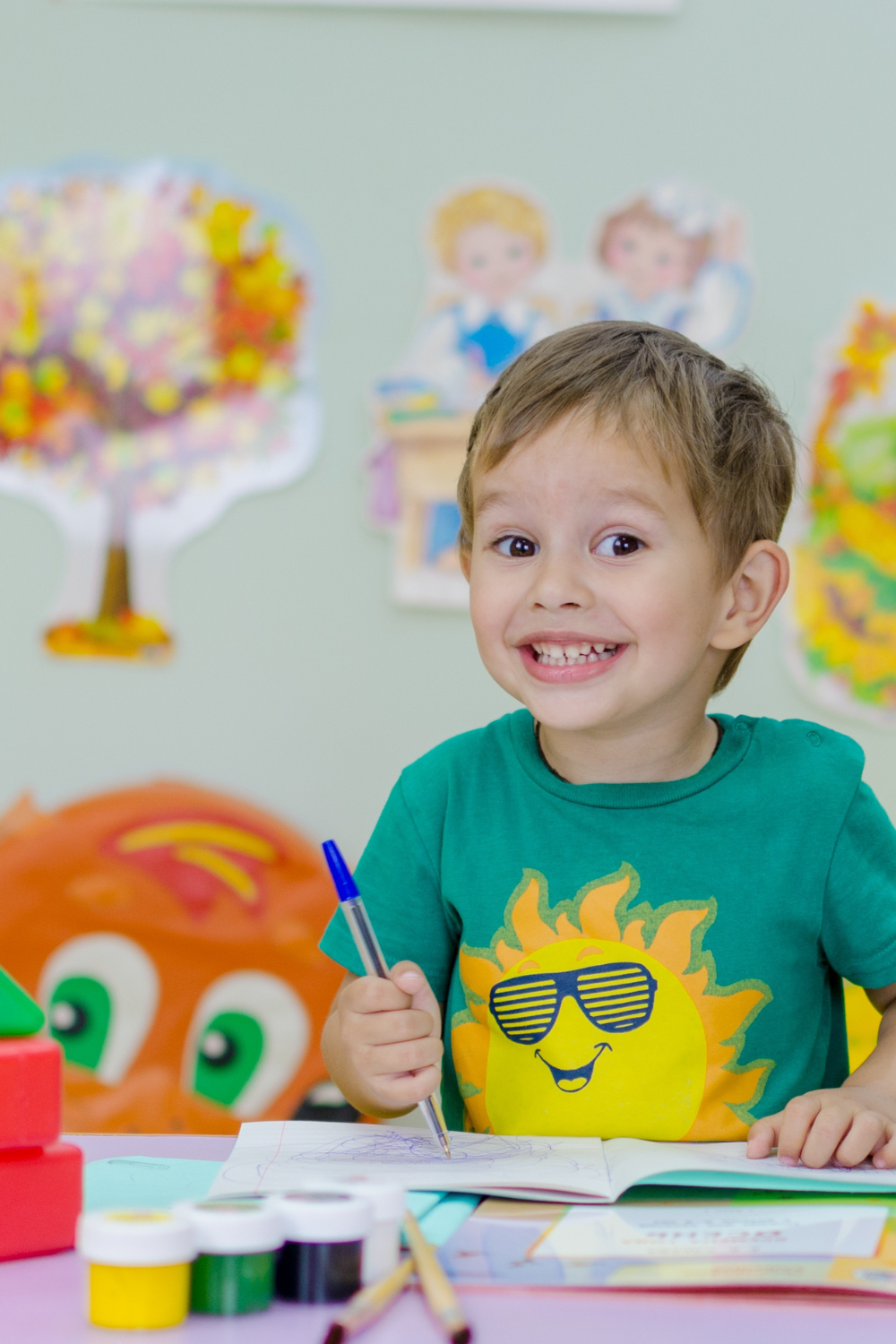
![How to teach your young kids about money [simple ways to start]](https://raisinginnovativekids.com/wp-content/uploads/2022/09/b_xf7m1ftha-768x514.jpg)
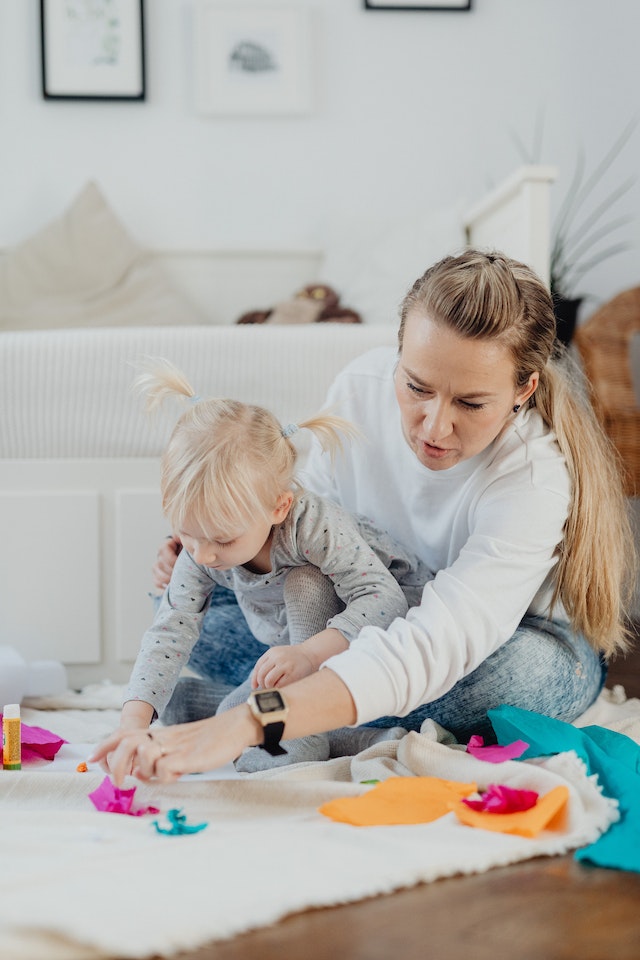

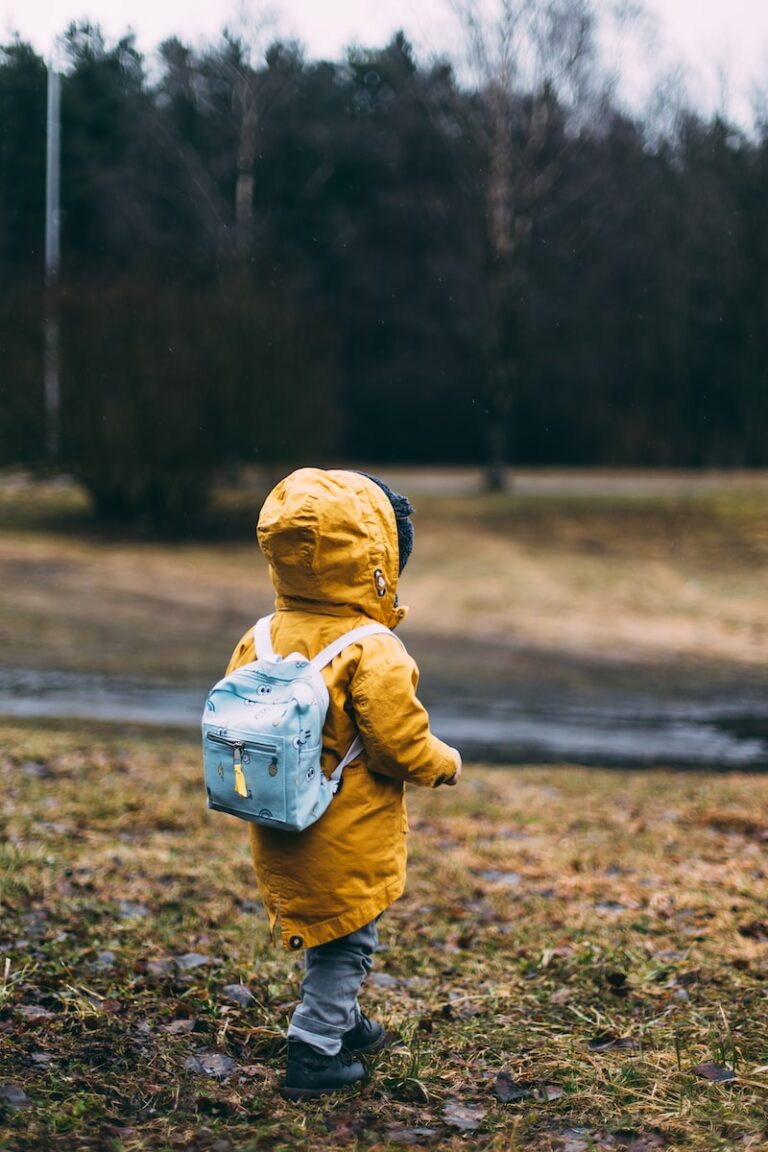
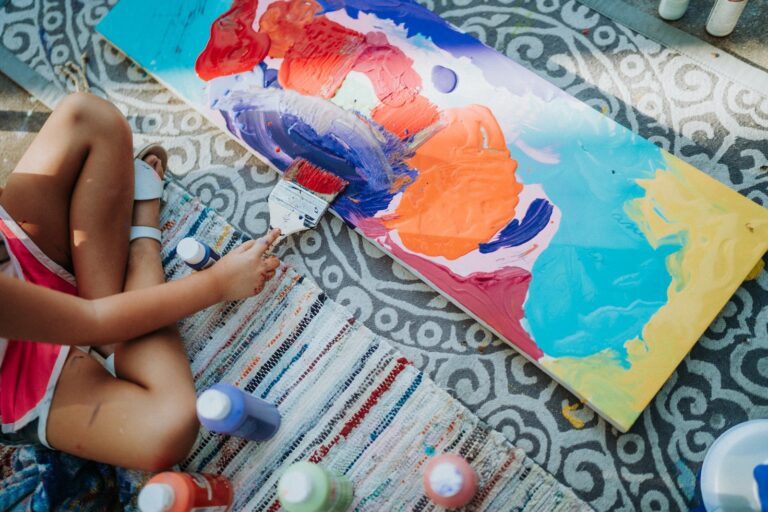
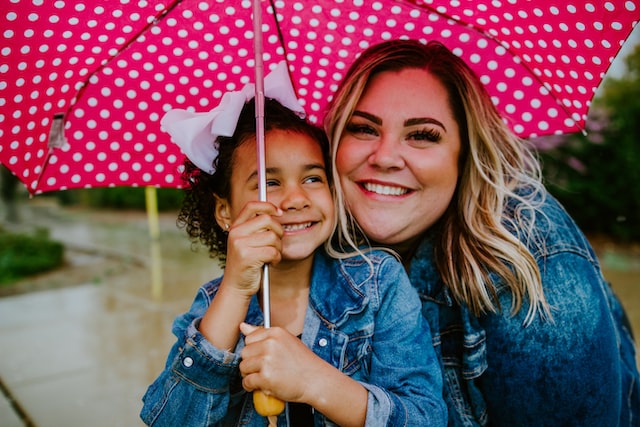
4 Comments